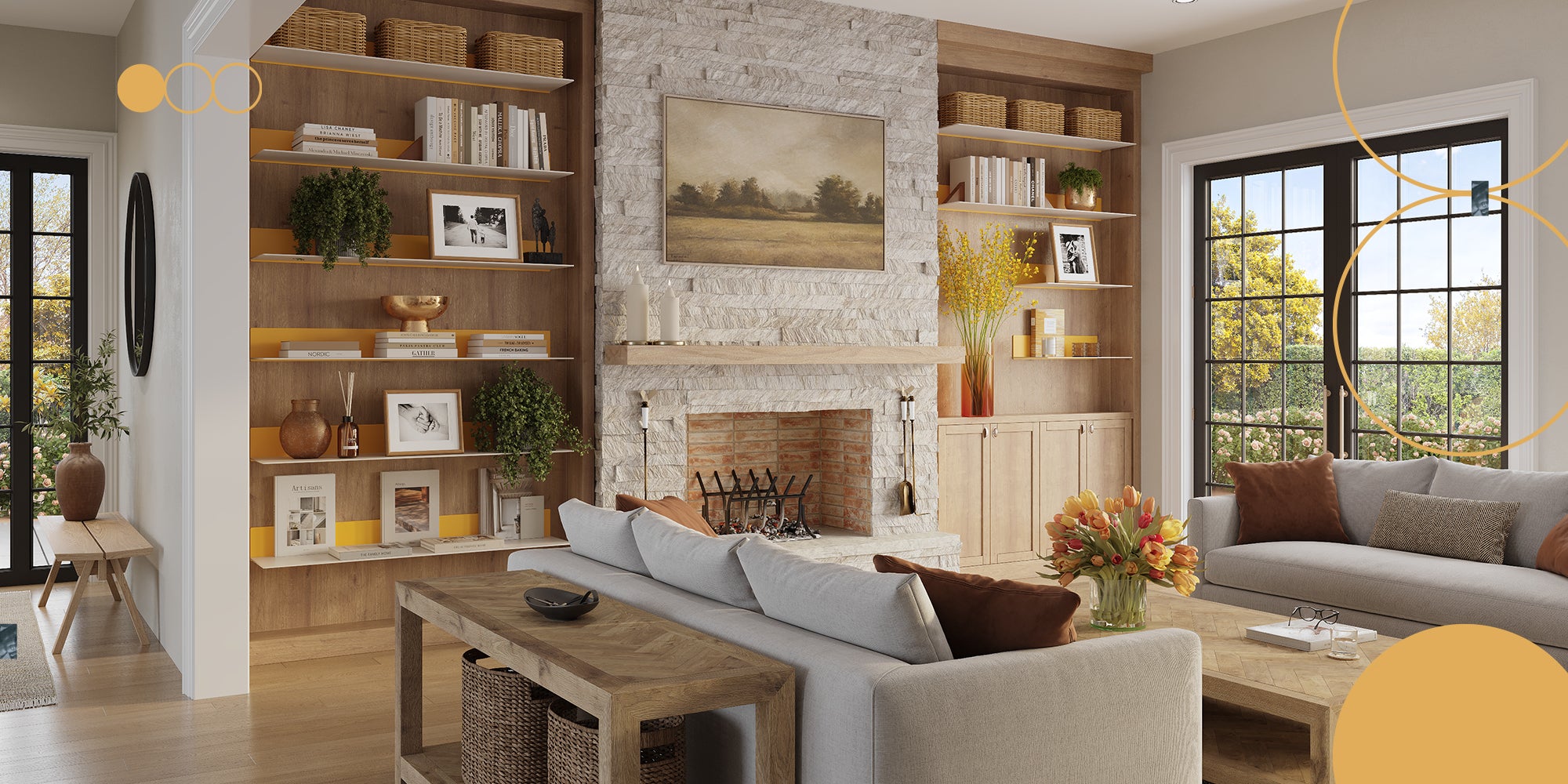Have you been dreaming a little dream of sleek pantry shelving adorned with gorgeous clear bins filled with oats and rice? Stop dreaming and start doing! With a little bit of elbow grease and design enthusiasm, you can hang your own open pantry shelving! In this post, we’re going to run through the how-to side of this fun project so that you can tackle it yourself!

First Things First: Consider Weight Requirements
Open pantry shelving tends to collect a lot of weight — from beans and rice to snacks and cans. Keep in mind what you want to put on your shelves before committing to any specific brands.
If you want to be able to use your shelving without worrying about tipping and sagging, we highly recommend that you go with a brand that uses a steel peg system that is bored into the shelf board itself. For example, all of our contractor-grade shelf hardware is designed to reliably hold up to around 40–60 pounds per stud that you drill into.
Now the Fun Stuff: Picking Out Your Finish & Style

Once you’ve found a brand that you trust, you can browse their selection of shelf styles and finishes. We recommend that you don’t pick your shelf company based on their finishes and styles without considering the longevity and strength of the shelves themselves.
It will also be in your best interest to pick a shelf company that offers delivery of samples. This allows you to see which finishes will look best in your pantry with the colors and finishes that you already have going on.
Here at Shelfology, we offer samples for all of our shelf boards and steel finishes. These are reasonably priced and come with bulk pricing if you need to order more than one at a time. These samples also ship really quickly, allowing you to keep your pantry project on track.
What’s Next? Measure the Space & Order!


Now that you’ve selected your finish and style, it’s time to collect some data on the space where you will be hanging your shelves. Keep in mind that the standard for kitchen shelving is to have the bottom of the first shelf 18” above the countertops. The next shelf should be around 18” above that. However, in a pantry, you can realistically place shelving wherever you want.
Once you’ve collected your hard-earned data about the length of your shelves that you want to order, take those numbers to the website of your choice (you can see all of our shelf kits here) and order the shelves you need.
The Final Countdown!
Your gorgeous, mouthwatering shelves just arrived, and you’re stoked to get started on hanging them. Now, we wish we could give you one set of instructions that would work for every shelf, but they’re all just a bit different. You’ll want to read through your shelf kit’s instructions before starting to install them.
If you’ve decided to go with our classic Aksel Wood Floating Shelves, we have a whole blog post dedicated to installing these popular shelves.
Here are a few quick pointers for installing your pantry shelving:
- Attach your shelves to as many studs as possible. Overkill is better than a mess on your pantry floor.
- Make sure everything is level before finalizing where your shelves will go.
- Use a good-quality stud finder and mark your studs with a pencil.
The Fun Part: Organizing and Decorating!

Now you get to do the fun stuff! Grab your collection of mason jars and other storage containers, and get to work! You can go for a symmetrical look, or you can stack and mix-and-match different jars and jugs in a way that works for your lifestyle. Remember, this open pantry needs to work for you and whoever else cooks in the kitchen with you.
The goal is functionality first, and good looks second (especially if your pantry is behind doors). Optimize your space so that it helps you be more efficient, and the rest will come naturally!
We hope this open pantry shelving guide was helpful to you, no matter where in the process you are. From all of us at Shelfology, happy shelf decorating!




Share:
The Magic of a Kid’s Playroom: Sutton’s Playroom Reveal
The Magic of a Kid’s Playroom: Sutton’s Playroom Reveal